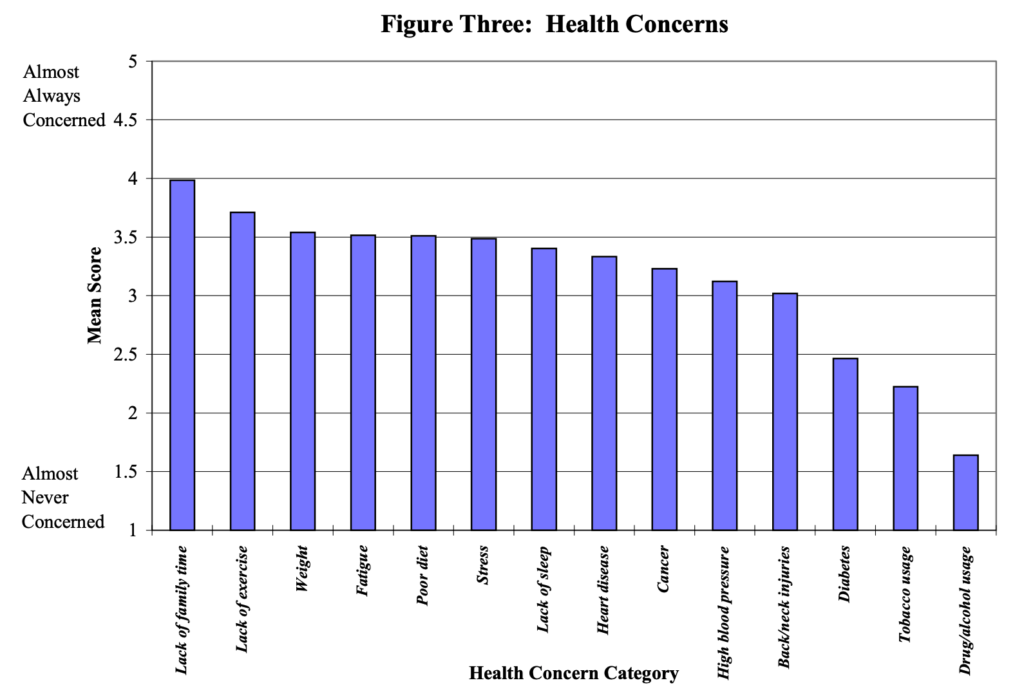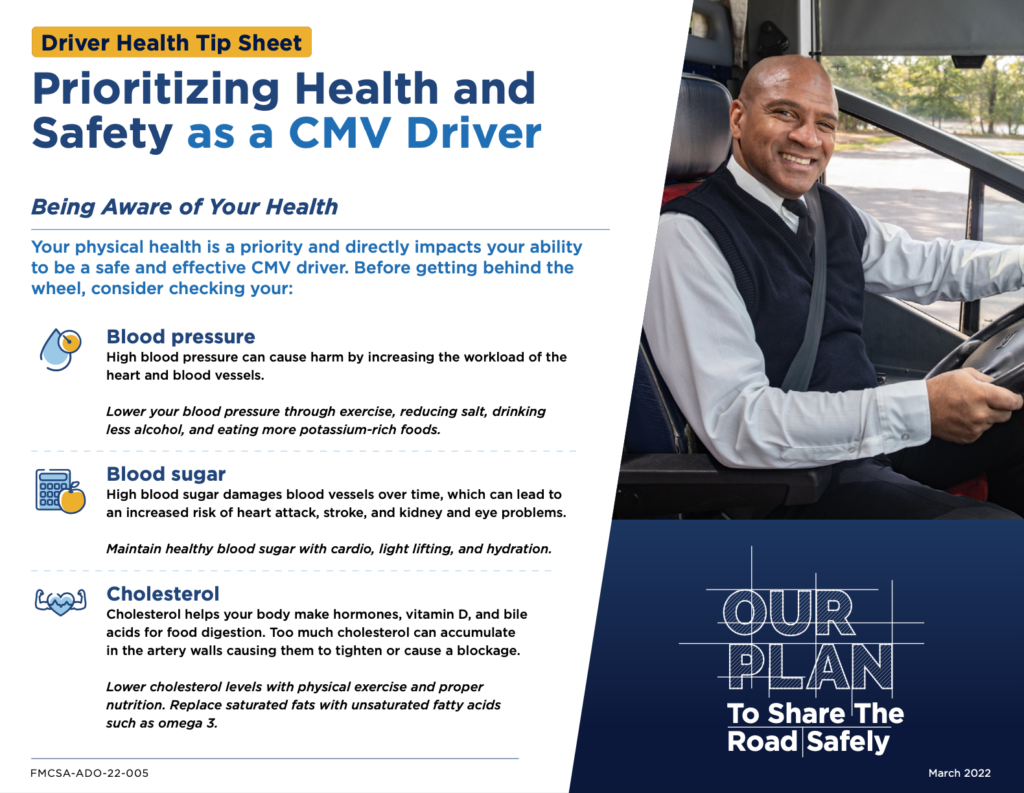Although this article doesn’t pertain to FMCSA regulations, we thought it may be helpful to share some insights on a practice that will not only help your staff feel better at home and work but has been proven to have far-reaching effects on company performance. This practice is known as Meditation or Mindfulness.

Why driver Health is important
Driver health is a key part of your company’s long-term stability and success. Since the primary cause of most diseases is stress, there has never been a better time than right now to support your driver’s mental health with some useful information about meditation and mindfulness.

Mindfulness Meditation for Drivers
Meditation is one of the few things proven to reduce stress and improve overall happiness for just about anyone. It’s been shown to increase gray matter in our brains, lower blood pressure, reduce reactionary behaviors to uncontrollable events, and much more. Some people use mediation as a way to stay sharp; while others use it as a way to deal with high-stress environments. Nonetheless, it’s a life-altering practice that we can all benefit from.
Research shows that people who adopt meditation as a regular practice will experience benefits that are directly correlated to better job performance, better health, more energy, less stress, and fewer sick days. Meaning your employees could be operating at only a small fraction of their potential without it.
When it comes to operating a company where cooperation and awareness are key, there are only so many things you can do to promote growth in these areas among your workforce. That’s why we recommend encouraging your team to try it for themselves and to consider hosting meditation sessions at your company. It’s a great way for teams to bond and a huge asset that your employees can appreciate forever.
There are a handful of different types of meditation that people do. Some are geared toward improving empathy, while others are for people who just want to think less. We’re going to cover the most basic form, Mindfulness Meditation.
The process:
- Find a comfortable chair to sit in with good posture and your eyes closed.
- Spend the first 30 seconds observing your thoughts.
- Begin paying attention to the rhythm of your breath.
- Allow your mind to wander, but do not pursue any specific train of thought.
- If you begin to feel anxious, return to your breath.
Long-term meditators will tell you that your consciousness is like a muscle. Each time you notice your mind is thinking about something else (like how much you have to get done) go back to your breath. This is like the equivalent of a bicep curl for your mind.
Another key to help you understand what is going on in your head is to remember that we are all creatures of habit. If your brain isn’t used to being quiet, it may feel like you have a monkey bouncing around in your head doing anything it can to make you revert back to old patterns.

For most people, thoughts are usually centered around deadlines, traumatic memories, impulses to move around, discomfort, etc. But with some practice, you will learn to easily train your mind to go into a state of calm which will carry through to all parts of your life.
You might consider offering subscriptions for guided meditation apps like Headspace or Calm. These apps are great for learning the basics and keeping track of your progress.
For more information on driver/employee wellness, have a look at this report from the FMCSA:
Design, Development, and Evaluation of Driver Wellness Programs


